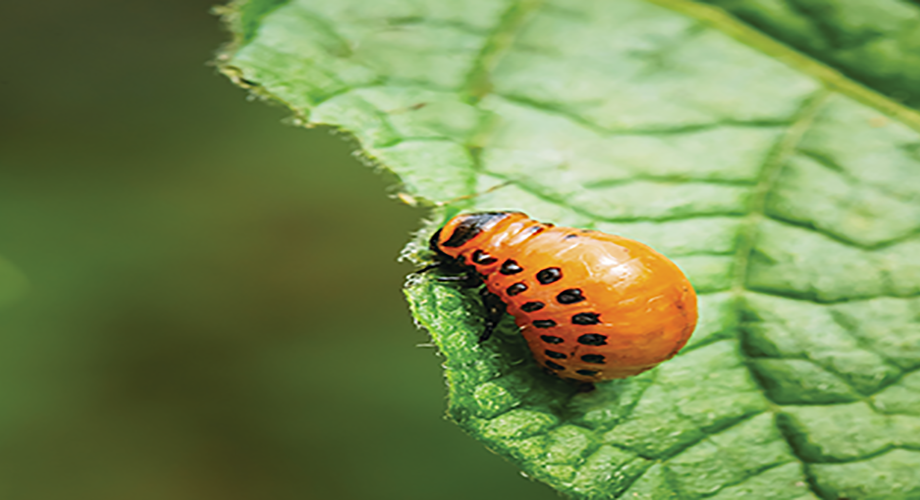Think pests were left out in the cold last winter?
As temperatures warm, pests may come back around. Spring is the perfect time to spruce up a community's exterior and reduce the potential for pest activity.
Landscaping plays a major role in these processes.
When planning landscaping for the year, a community that includes full, lush greenery and blooming flowers that helps to attract residents might be envisioned; however, consider that beautiful landscaping can lure pests.
Landscaping, irrigation water and features like ponds and fountains can attract and harbor a variety of pests such as ants, cockroaches, rodents, flies and even birds.
Stay ahead of pest activity this spring by incorporating landscaping into the integrated pest management (IPM) program, which focuses on proactive facility maintenance and sanitation throughout the property to help stop pest problems before they start.
These tips will help apartment communities prepare for pest season by creating an organized landscaping and maintenance routine.
Create a Buffer
Keep foliage at least two feet from the building, as pests can use limbs and branches to climb into a property's entry points. Trim existing bushes or tree limbs that are overgrown and are brushing up against or overtopping the property.
Consider installing a 2-foot-wide gravel strip made of quarter-inch pebbles around the building's exterior to discourage rodents, which do not like to be out in the open. The uneven gravel also obstructs ants, cockroaches and other crawling pests from approaching building walls. By setting up a protective barrier, they are discouraged from entry and this keeps landscaping trim and neat.
Be Picky About Plants
Avoid plants that produce nuts, seeds or fruit, as they can attract pests looking for a quick meal.
Talk with pest management professionals about particular species of vegetation to avoid and where to plant vegetation. For example, cut back ground-covering ivy, which can serve as a hiding spot and harborage area for rodents and other pests.
Consider cedar mulch as an alternative to organic mulch. While organic mulch can provide an ample source of nutrients and retain moisture for flowers, trees and bushes, it creates a hot spot for pests. Cedar mulch has also been proven to repel certain types of ants such as the Argentine ant.
Ensure that the landscape contractor has a solution for issues with plant-feeding insects like aphids and scales because these insects produce uneaten plant sap that can attract other pests such as Argentine ants.
Beyond the Bushes
Change water in bird baths, reflecting pools and other water features at least once a week. Mosquitoes can breed and lay their eggs in standing water of any size, so bird baths and fountains can become potential breeding sites for hundreds of these biting insects.
Make sure water in any ponds and fountains is circulated regularly. Running water can help to prevent mosquitoes from laying eggs on the surface.
Stock any ponds with mosquito-eating fish, which can eat 500 larvae per day.
Replace any damaged sprinkler heads or lines to keep water from forming pools in the landscape beds. Reducing irrigation to the minimum needed reduces attractiveness for pests.
Patrick Copps is Technical Services Manager for Orkin's Pacific Division. He can be reached at [email protected].
